$ java -jar devstudio-11.3.0.GA-installer-standalone.jarPHREAK 算法
Drools 集成开发环境安装
1 - 下载
点击 https://developers.redhat.com/download-manager/file/devstudio-12.0.0.GA-installer-standalone.jar 下载 JBDS。
2 - java -jar <JAR> 安装
运行如上命令在安装 Wizard 中接收软件安装许可证,以及选择安装路径,其余所有选项采用默认安装。
3 - 安装 Drools 集成开发环境
JDBS 启动后,在 Red Hat Centrl 底部选择 Software/Update,在新页面中选择 JBoss Business Process and Rule Development 后点击 Install/Update
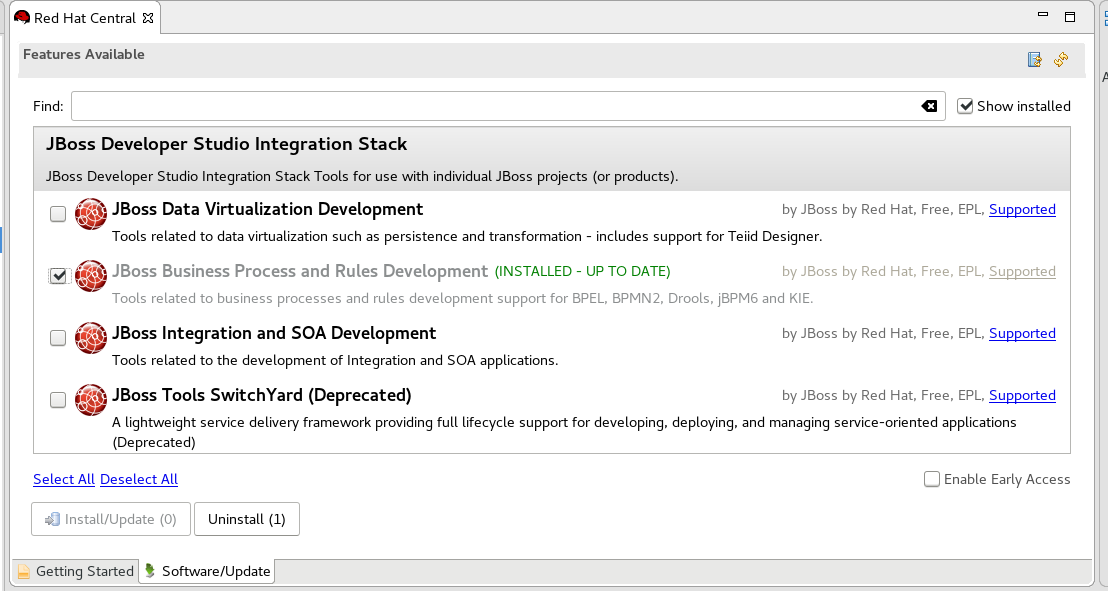
安装完成后需要重启 JBDS。
PHREAK 语法树
Alpha 节点
判断如下规则的语法树形状。
rule "Sample Rule 1"
when
$c: Customer(age > 30, category == Category.GOLD)
then
System.out.println($c);
end
rule "Sample Rule 2"
when
$c: Customer(age > 30, category == Category.SILVER)
then
System.out.println($c);
end如果调整 Sample Rule 2 中 Pattern 为 $c: Customer(category == Category.SILVER, age > 30) 语法树是否有变化?
Beta 节点
判断如下规则的语法树形状。
rule "Sample Rule 1"
when
$p: Provider(rating > 50)
$pr: ProviderRequest(provider == $p)
then
System.out.println("Y");
end
rule "Sample Rule 2"
when
$p: Provider(rating > 50)
$pr: ProviderRequest(provider == $p)
$o: Order()
then
System.out.println("Y");
end如果将 Sample Rule 2 中 Pattern 变换位置为如下,则语法树是否有变化?
$p: Provider(rating > 50)
$o: Order()
$pr: ProviderRequest(provider == $p)会员等级规则语法树构建
分析如下规则,构建语法树。
rule gold_account
salience 200
when
account: Account()
Number(this >= 50000) from accumulate(t: Transaction(source == account); sum(t.amount))
Number(this >= 50000) from accumulate(t: Transaction(target == account); sum(t.amount))
then
//System.out.println("Gold account: " + account);
end
rule silver_account
salience 100
when
account: Account()
Number(this >= 25000 && this < 50000) from accumulate(t: Transaction(source == account); sum(t.amount))
Number(this >= 25000 && this < 50000) from accumulate(t: Transaction(target == account); sum(t.amount))
then
//System.out.println("Silver account: " + account);
end
rule bronze_account
salience 50
when
account: Account()
Number(this >= 10000 && this < 25000) from accumulate(t: Transaction(source == account); sum(t.amount))
Number(this >= 10000 && this < 25000) from accumulate(t: Transaction(target == account); sum(t.amount))
then
//System.out.println("Bronze account: " + account);
endPHREAK Vs RateOO
本部分通过实验验证 PHREAK 和 RateOO 算法的执行速率。
性能测试工具
测试代码
测试规则
-
grouping.drl - 面向集合的传播(Set-oriented propagation)
-
laziness3.drl - 延迟规则评估
-
laziness6.drl - 延迟规则评估
-
modification.drl - 规则执行控制
每个规则使用不同的算法执行,执行模拟处理不同数量的 Transaction:
-
10 个 Transaction - 大于 10 000 个 Fact
-
100 个 Transaction - 大于 100 000 个 Fact
-
1000 个 Transaction - 大于 1 000 000 个 Fact
运行性能测试对比程序
$ mvn clean install
$ java -jar target/benchmark.jar为了节省执行时间,可以注释掉 Insert 1 000 000 个 Fact 的测试,具体编辑 Benchmark.java,修改 numOfTransactions 的 @Param 为 @Param({ "10", "100"})。
执行结果
执行结束会有如下统计数据:
Benchmark (numOfTransactions) (ruleEngine) Mode Samples Score Score error Units
o.k.e.p.Benchmark.grouping 10 phreak avgt 200 0.493 0.007 ms/op
o.k.e.p.Benchmark.grouping 10 reteoo avgt 200 1.056 0.006 ms/op
o.k.e.p.Benchmark.grouping 100 phreak avgt 200 3.054 0.021 ms/op
o.k.e.p.Benchmark.grouping 100 reteoo avgt 200 8.210 0.050 ms/op
o.k.e.p.Benchmark.grouping 1000 phreak avgt 200 26.705 0.210 ms/op
o.k.e.p.Benchmark.grouping 1000 reteoo avgt 200 77.232 0.379 ms/op
o.k.e.p.Benchmark.laziness3 10 phreak avgt 200 0.746 0.006 ms/op
o.k.e.p.Benchmark.laziness3 10 reteoo avgt 200 1.131 0.033 ms/op
o.k.e.p.Benchmark.laziness3 100 phreak avgt 200 6.609 0.462 ms/op
o.k.e.p.Benchmark.laziness3 100 reteoo avgt 200 9.728 0.376 ms/op
o.k.e.p.Benchmark.laziness3 1000 phreak avgt 200 68.349 3.176 ms/op
o.k.e.p.Benchmark.laziness3 1000 reteoo avgt 200 99.175 6.441 ms/op
o.k.e.p.Benchmark.laziness6 10 phreak avgt 200 1.398 0.055 ms/op
o.k.e.p.Benchmark.laziness6 10 reteoo avgt 200 2.317 0.064 ms/op
o.k.e.p.Benchmark.laziness6 100 phreak avgt 200 10.805 0.335 ms/op
o.k.e.p.Benchmark.laziness6 100 reteoo avgt 200 18.429 0.899 ms/op
o.k.e.p.Benchmark.laziness6 1000 phreak avgt 200 128.257 3.043 ms/op
o.k.e.p.Benchmark.laziness6 1000 reteoo avgt 200 187.917 5.635 ms/op
o.k.e.p.Benchmark.modification 10 phreak avgt 200 0.866 0.028 ms/op
o.k.e.p.Benchmark.modification 10 reteoo avgt 200 1.251 0.050 ms/op
o.k.e.p.Benchmark.modification 100 phreak avgt 200 6.125 0.273 ms/op
o.k.e.p.Benchmark.modification 100 reteoo avgt 200 9.669 0.395 ms/op
o.k.e.p.Benchmark.modification 1000 phreak avgt 200 67.818 2.744 ms/op
o.k.e.p.Benchmark.modification 1000 reteoo avgt 200 93.808 4.409 ms/op测试结果

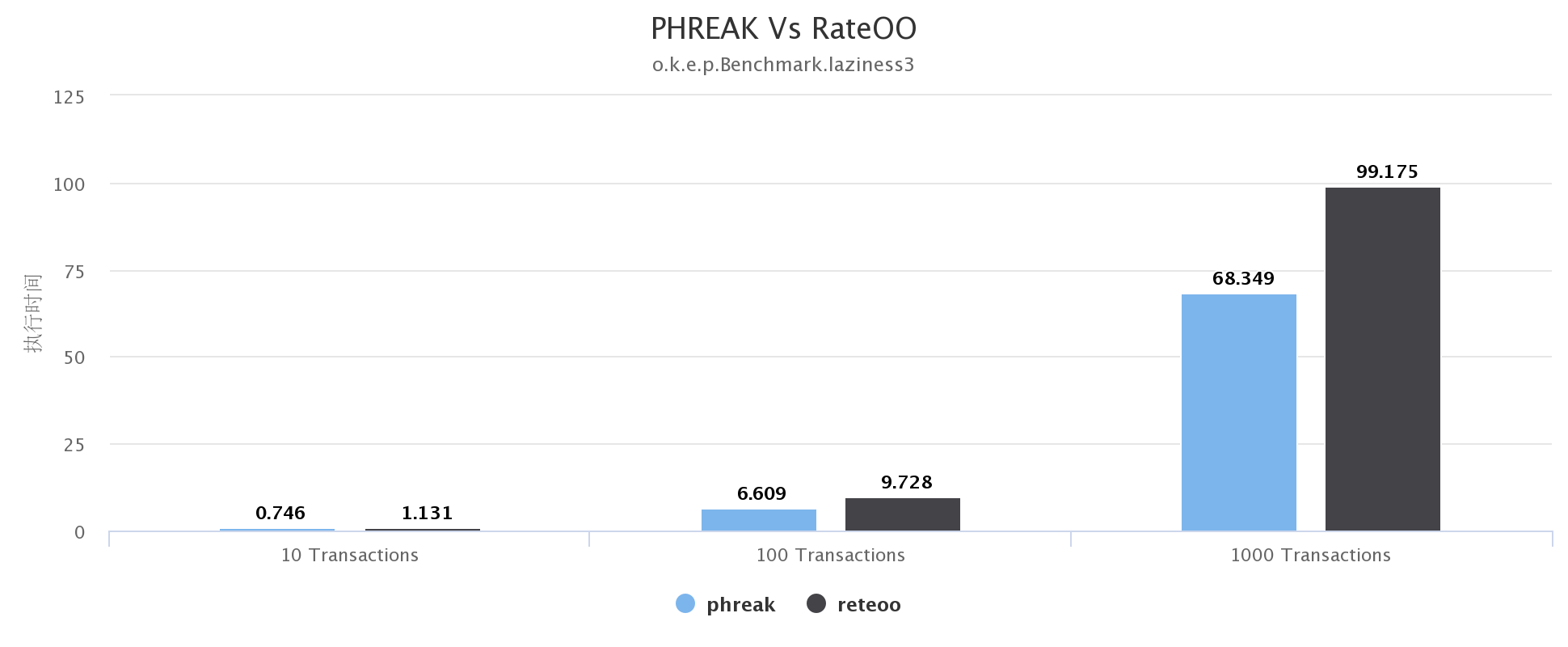
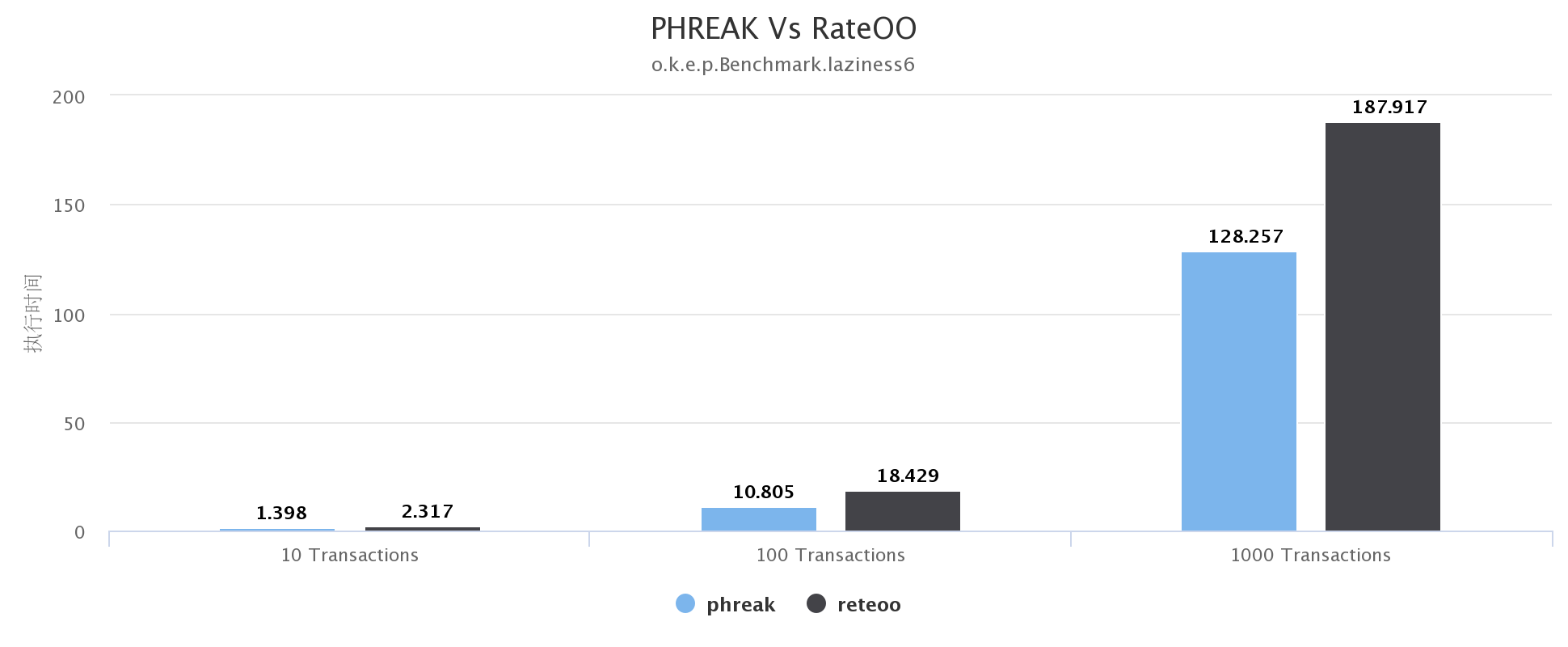
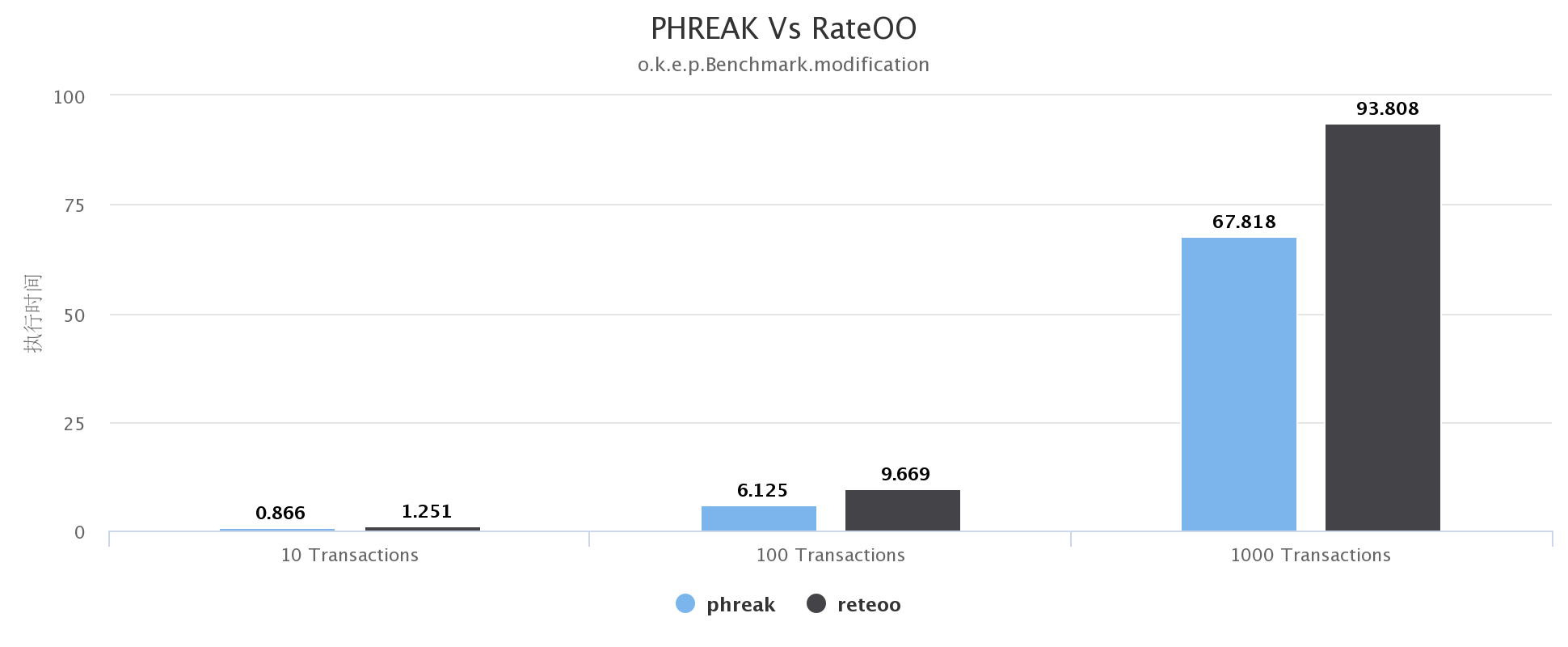
规则执行
正向推理(Forward chaining)
本部分规则执行顺如下图所描述
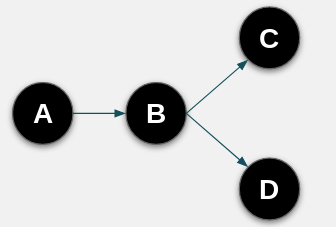
规则如下:
rule Bootstrap
when
a : State(name == "A", state == StateType.NOTRUN )
then
System.out.println(a.getName() + " finished" );
a.setState( StateType.FINISHED );
end
rule "A to B"
when
State(name == "A", state == StateType.FINISHED )
b : State(name == "B", state == StateType.NOTRUN )
then
System.out.println(b.getName() + " finished" );
b.setState( StateType.FINISHED );
end
rule "B to C"
salience 10
when
State(name == "B", state == StateType.FINISHED )
c : State(name == "C", state == StateType.NOTRUN )
then
System.out.println(c.getName() + " finished" );
c.setState( StateType.FINISHED );
end
rule "B to D"
when
State(name == "B", state == StateType.FINISHED )
d : State(name == "D", state == StateType.NOTRUN )
then
System.out.println(d.getName() + " finished" );
d.setState( StateType.FINISHED );
end规则执行输出:
A finished
B finished
C finished
D finished借助 Drools 集成开发环境(参照Drools 集成开发环境安装)进行规则执行调试,体验正向推理(Forward chaining)过程。
反向推理(Backward chaining)
本部分通过规则模拟如下图场景:
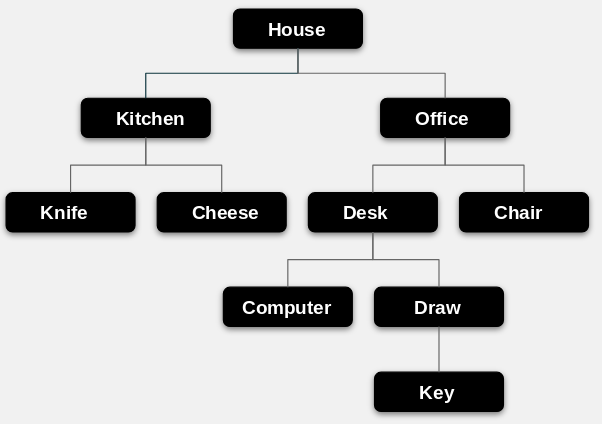
规则如下:
query isContainedIn( String x, String y )
Location( x, y; )
or
( Location( z, y; ) and isContainedIn( x, z; ) )
end
rule "go"
salience 10
when
$s : String( )
then
System.out.println( $s );
end
rule "go1"
when
String( this == "go1" )
isContainedIn("Office", "House"; )
then
System.out.println( "office is in the house" );
end
rule "go2"
when
String( this == "go2" )
isContainedIn("Draw", "House"; )
then
System.out.println( "Draw in the House" );
end
rule "go3"
when
String( this == "go3" )
isContainedIn("Key", "Office"; )
then
System.out.println( "Key in the Office" );
end
rule "go4"
when
String( this == "go4" )
isContainedIn(thing, "Office"; )
then
System.out.println( "thing " + thing + " is in the Office" );
end
rule "go5"
when
String( this == "go5" )
isContainedIn(thing, location; )
then
System.out.println( "thing " + thing + " is in " + location );
end执行规则,给工作内存中插入如下 Fact:
ksession.insert( new Location("Office", "House") );
ksession.insert( new Location("Kitchen", "House") );
ksession.insert( new Location("Knife", "Kitchen") );
ksession.insert( new Location("Cheese", "Kitchen") );
ksession.insert( new Location("Desk", "Office") );
ksession.insert( new Location("Chair", "Office") );
ksession.insert( new Location("Computer", "Desk") );
ksession.insert( new Location("Draw", "Desk") );
ksession.insert( new Location("Key", "Draw") );借助 Drools 集成开发环境(参照Drools 集成开发环境安装)进行规则执行调试,体验反向推理(Backward chaining)过程。